From a routine study of the life span of human skin cells, a University of Wisconsin-Madison research project gave rise to an astonishing accident: A line of skin cells that simply wouldn’t die.
The research team witnessed a rare “spontaneous mutation” when a small cluster of cells in a petri dish continued to actively divide. The amazed scientists continued to grow this unique cell line over the course of a year without the cells showing any signs of slowing down.
Today, this laboratory anomaly has proven to be more than skin deep. The effort has grown into a patented product, a full-fledged commercial venture and a series of new medical research pursuits.
A new UW-Madison spin-off company called Stratatech, housed at University Research Park in Madison, is actively pursuing a number of markets for its patented “immortal human skin,” including the prospect of much-needed tools for treatment of severe burn patients.
“There are a lot of opportunities dovetailing out of this single basic discovery that are very exciting,” says Lynn Allen-Hoffmann, a professor of pathology in the UW-Madison Medical School and managing director of Stratatech.
“It would be a career dream come true to develop some kind of off-the-shelf product that would be available to doctors,” she adds.
Clinical applications are several years away, but the company recently received promising news: Its first animal tests confirmed that the novel skin will cover and heal superficial wounds. Most importantly, Allen-Hoffmann says the cells grow into distinct stratified layers to become essentially no different from normal skin.
“That was the really big finding in all this, the critical piece of information we needed to prove,” she says. “These cells proved to be incredibly normal.”
The unique tissue is comprised entirely of keratinocyte cells, which make up the vast majority of human skin cells. Allen-Hoffmann says the cells can be genetically engineered to fit different medical or research needs.
Another very promising market for the cell line, called NIKS (for Near-diploid Immortalized Keratinocyte Skin), is in drug discovery. Allen-Hoffmann says scientists can engineer different diseases of human skin, such as cancers or viral infections, and be able to test drugs within that “normal” tissue environment. Allen-Hoffmann’s lab currently has studies under way using the NIKS cells to study skin cancer and effects of environmental toxicants such as dioxin.
But the technology’s value to burn medicine may be most dramatic. That point was driven home for Allen-Hoffmann when she was invited to observe a grafting procedure at UW Hospital on a man who suffered third-degree burns on the majority of his body.
The surgeon, Michael Schurr of the UW Hospital Burn Center, wanted to illustrate how current methods are woefully inadequate. “It was an absolute epiphany for me,” Allen-Hoffmann says. “I saw what little was available to him in terms of how he treats a patient like this. It was very humbling.”
Schurr is an advisor to Stratatech and is also collaborating with Allen-Hoffmann on ongoing medical research projects. The need for burn treatment alternatives is acute, with more than 13,000 burn hospitalizations each year requiring extensive skin grafting.
A key milestone remains in proving the tissue would not be rejected by human patients, she says.
Stratatech has plans to move quickly toward possible medical uses, with clinical trials and work with regulatory agencies leading to initial human trials by 2002. Allen-Hoffmann says a number of basic research projects at UW-Madison and elsewhere also are likely to capitalize on this newfound ability to develop realistic models of human skin disease.
Allen-Hoffmann notes that what exactly happened to create these cells remains shrouded in mystery. They arose from a 1996 project in which her research team was studying aging of human skin. The skin used for the experiment was from discarded foreskin from a circumcision. Lab manager Sandy Schlosser, co-discoverer of the NIKS cells, noticed tiny cluster of cells emerged in a petri dish of dead skin cells and ultimately “wound-healed” across the entire dish.
The researchers know how these cells differ genetically, in that they have a duplication of one section of the long arm of chromosome eight. Beyond that, they are remarkably similar to the parent cells. But the group tried to regenerate the same cell line in experiments and were unable to do so.
Allen-Hoffman says these types of mutations are one in a million in science. There are only four other documented examples of “immortal” cells developing out of laboratory work, and all of those cases have caveats that limit their usefulness.

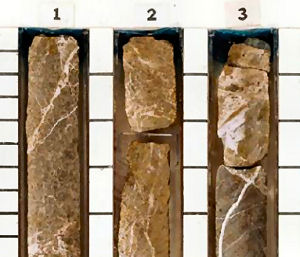
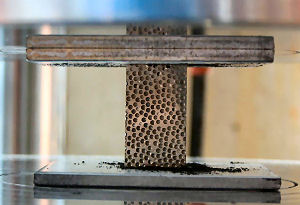
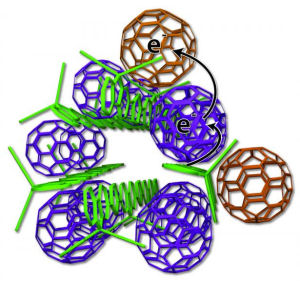
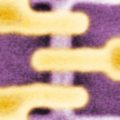



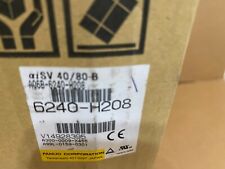
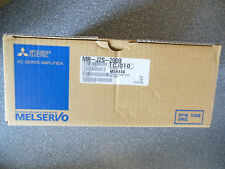
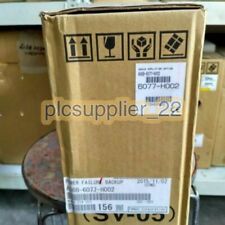
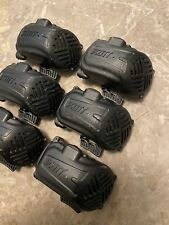

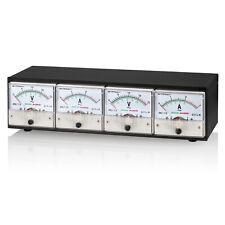
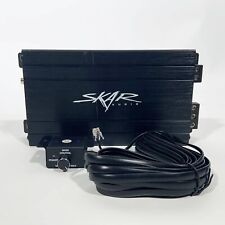
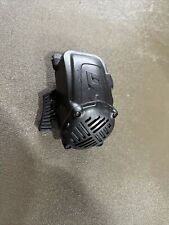
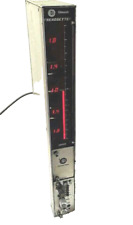
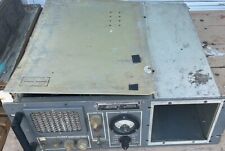
Comments are closed.